I’m really excited to be writing an article on wild bird photography techniques and tips.
I have intentionally used the term “wild” because I think all birds should be wild and free as indeed I do with animals.
But even if they are caged they are fast moving and a challenge. What spoils cage bird photography for me, besides the lack of freedom the birds have, is the inevitable mesh or glass that comes between me and the subject.
Why do I find this subject so exciting?
For a number of reasons:
- Although similar to wild life photography there are a lot of differences.
- It’s quite a challenge because the subjects are invariably small, fast and shy.
- It requires patience (which I don’t have much of and that adds to the challenge).
- You have to be familiar with your camera gear to succeed.
- It’s very rewarding.
- Birds are everywhere!
- So many species with a huge variety of character, colour, habits, habitat etc.
Let’s get straight into it …
Contents
Best Camera Settings for Bird Photography
The first thing I want to mention is that I highly recommend back-button focusing for all your photography but in particular for bird photography. To me it is the only way to track a bird in flight and a perfect way to focus and re-compose. Watch the video below to learn more.
Following on from the video remember to be in Auto Focus continuous with bird photography.
- Use aperture priority so that your bird stands out against a soft blurred background whenever possible.
- Always focus on the bird’s eye when photographing individual birds.
- Select the appropriate number of focus points. This will depend on the number of birds in the photo and whether the subject is static or moving. For static shots a few focus points would work whereas for group shots and birds-in-flight use more focus points to ensure a greater chance of success.
- Use a wide aperture for individual birds to get a nice soft background.
- For groups of birds select a smaller aperture for greater depth of field to get more birds in the group in focus.
- Select a fast ISO and fast shutter speed. This will be true for 99% of your bird photography.
- If you want to get some action in the wings practice your panning technique and use a slower shutter speed while maintaining focus on the bird’s eye.
- If shooting into the sun increase your exposure compensation as your subject will be in its own shadow. The opposite it is true when the sun is behind you and shining directly on to your subject.
Best Wild Bird Photography Equipment
Regardless of what camera and lens you have birds are a lot of fun and a great challenge to photograph.
Ideally though the best equipment for wild bird photography will include:
- Because birds are small (even the larger ones) a lens with reach is a must.
- Because of the crop factor (equates to extra reach) a crop sensor camera is ideal.
- A fast focusing camera and an equally fast focusing lens.
- A camera with a high frames per second rate.
- A camera with a good buffer size.
- A camera that is good in low light.
- A camera with ample focus points as birds in flight are fast moving and difficult to track.
In the DSLR range of cameras the big players are Canon and Nikon and the models that best match the needs of the wildlife bird photographer are the Canon 7d Mk II and Nikon D500.
Of these two models the Nikon D500 is the hands down winner as per the table below. The Nikon D500 is also the winner in the best camera for wild life category.
The following table comparing the Nikon D500 Vs the Canon 7d Mk II shows the main features best suited to bird and wild life photography.
Nikon D500
Canon 7D Mk II
Megapixels
20.9
20.2
Image Processor
EXPEED 5
Dual DIGIC 6
LCD Resolution
2,359,000 dots
1,040,000 dots
Maximum Frames Per Second
10
10
Continous Shooting – seconds
20 Seconds
3.1 Seconds
Buffering Capacity for RAW,
lossless, 14- bit
200
31
Native ISO Range
100 – 51,200
100 – 16,000
Crop Factor
1.5
1.6
Focus points
153 point, 99 cross type AF System
65 point – all cross type AF System
Video Resolution
4K up to 30p
1080p up to 60p
Battery Life
1240 photos
670 photos
Weather Sealed
Yes
Yes
Video Resolution
4K up to 30p
1080p up to 60p
More detailed information, pricing and reviews –
Where To Find Birds To Photograph
Everywhere!
At Home
In your county, city, parks, neighbourhood and your own garden. You do not need to travel far at all. Birds are literally everywhere.
The easiest way to have the largest selection to choose from is to set up a feeding station in your own back yards – it might take a few days before it is found but once they know where it is the birds will flock to it.
Build or buy your own bird hide to have in your garden – see the video below.
With a home bird hide and feeding station you can set up your camera to photograph remotely while having your coffee or wine.
Parks and ponds are another place where birds congregate for safety and food.
In New Zealand certain waterways and lakes have dedicated bird hides, they are fantastic for getting up close and personal without scaring birds off. Be sure to check with your local birding group for anything similar in your area.
Take your camera with you on your daily walk.
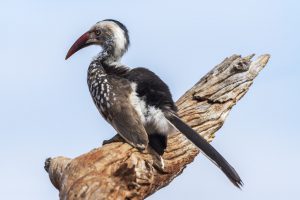
The Beach and Seaside
There are always an abundance of sea birds at the beach – low tide is an excellent times as to photograph birds foraging in the shallows.
Mountains and Country Side
Diverse and different types of birds are seen out of cities and towns and they are generally more shy – you will need to practice your stalking skills.
Bird Sanctuaries
Fortunately the world is waking up to protecting our wild heritage and there are many places that protect birds and provide safety and security for them. In New Zealand (love this place) we have ongoing programs to eliminate imported predators and the birdlife has flourished as a result.
Safaris
In August 2017 I went on a big cat photo safari to South Africa which kicked off with a visit to an underground bird hide at a couple of waterholes. It was the highlight of the trip for me as it was so unexpected and just plain mind blowing.
Many of the photos you see on this site were taken on that trip.
There are many countries that have tourists who visit just for the bird life. Choose one and have one of the most interesting holidays of your life!
The Zoo
There are always thousands of birds at the zoo. Not only the caged exotic ones but generally just flying around in a place that has an abundance of food and is safe and secure for them.
Endless Potential and Opportunities
There really is no limit to bird photography and each time you go out you will find new challenges and opportunities.
Why not share your experiences and some of your bird photos in the comments below?
I may even ask you to do a guest post for me … (BIG HINT)
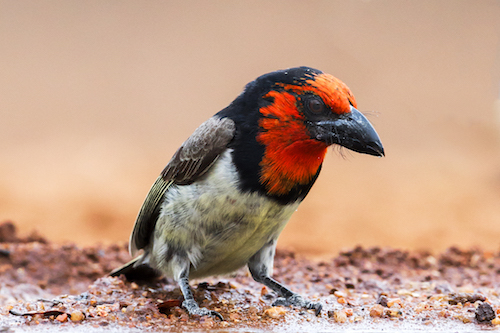
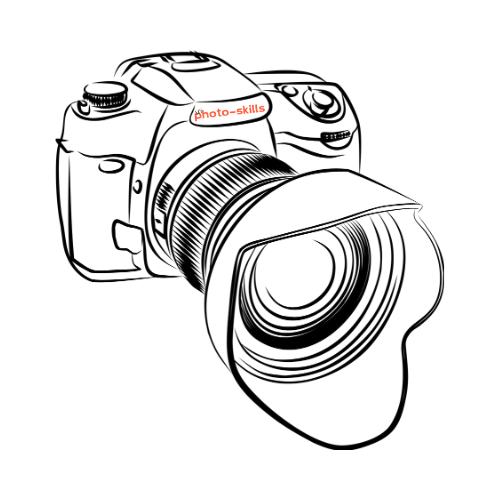
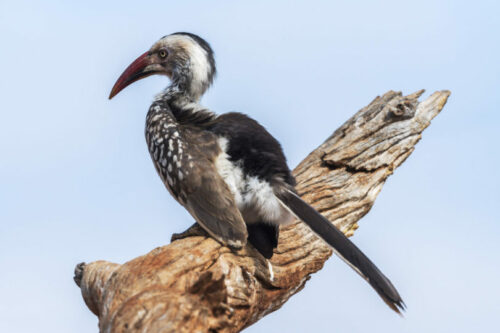
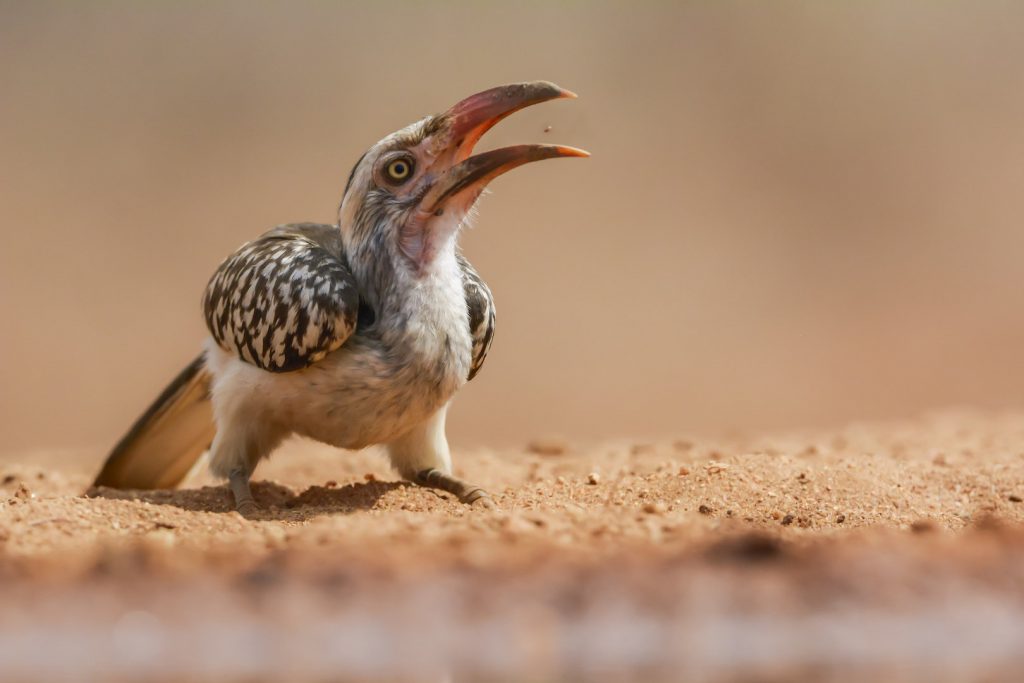
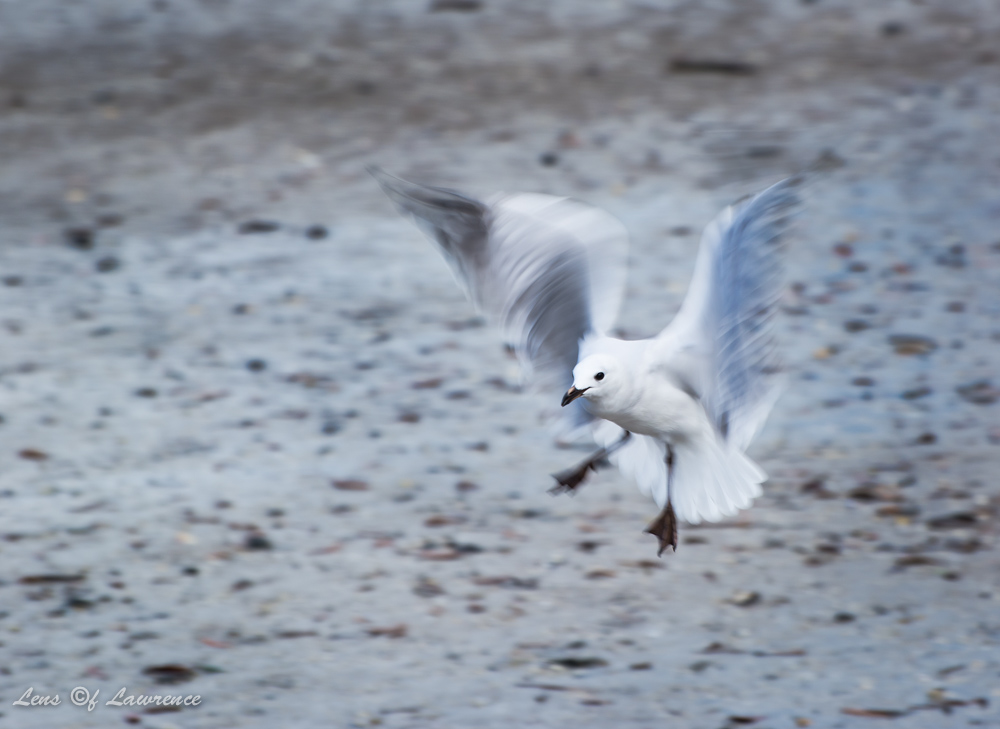
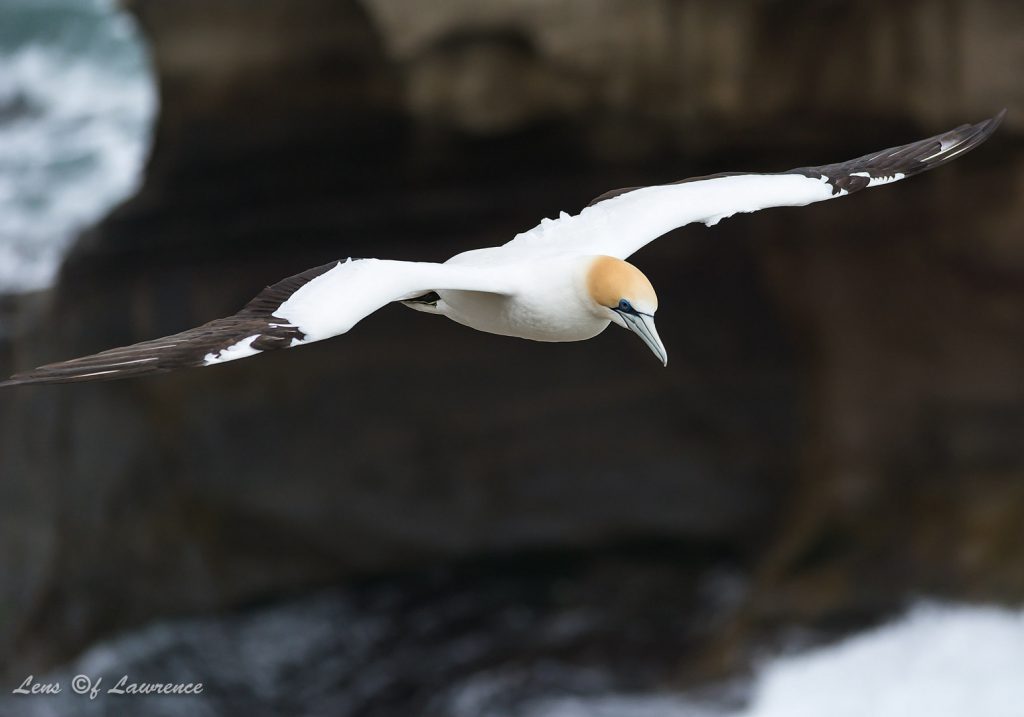
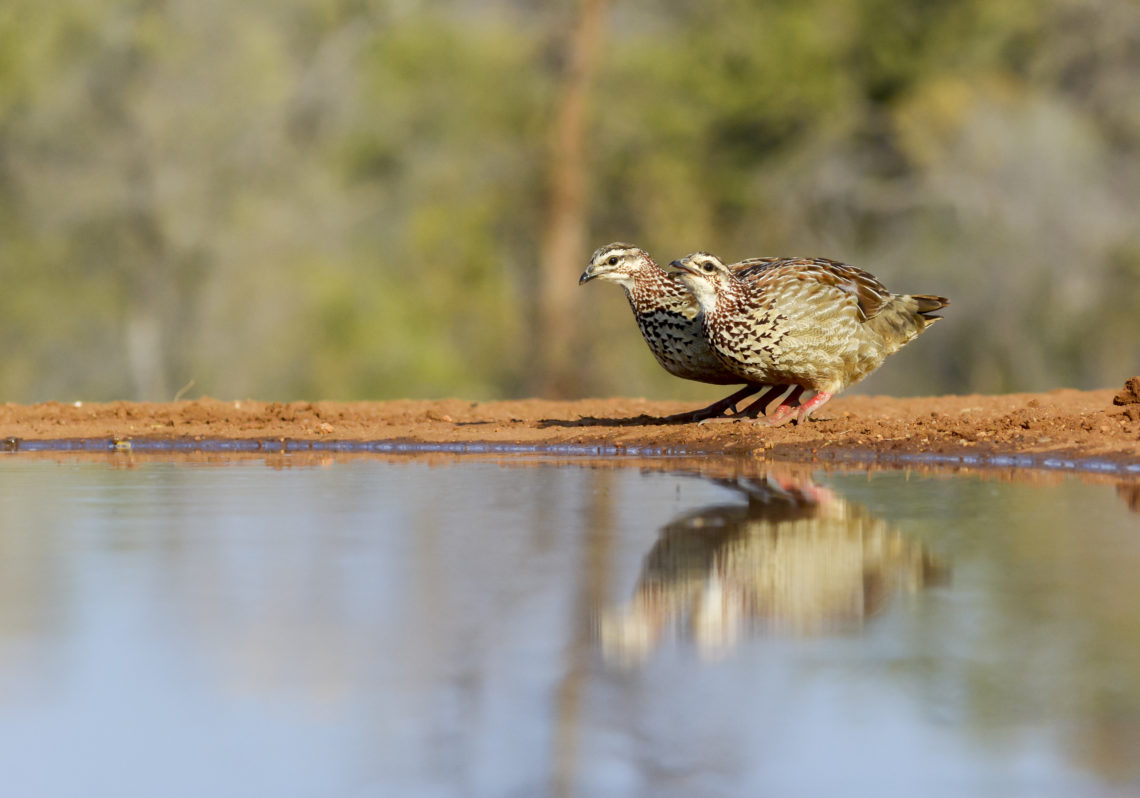
Hi Lawrence this is a great site with very useful information. I have always had an interest in photography, however, I have never really been into photographing birds, I always think is it just too hard, like you say they are shy and fast and moving objects can be extremely challenging.
I’m like you, I don’t have much patience either, but with your guidance and information i can see how this may be overcome with time and practice, and of course good equipment especially the correct lenses. This is a very professional site and was very enjoyable
Thanks Shane.
Hi Shane
Thanks for your kind words – I am thrilled that you enjoyed the site.
The best way to catch those little guys (more than the tail that is) is to set your camera to continuous shooting. Most cameras these days will take a minimum of 3 frames per second and some as many as 10 – it greatly increases your chances of success. The bad photos don’t cost anything and can simply be deleted.
Another great way is to use a remote control at a bird feeder or bird bath. Set the camera up close to the feeder/bath and the birds will soon get used to it. Its an amazing way to get some great photos.
Thanks once again for your kind words.
Lawrence
Hello Lawrence,
First thing I have to get out of the way is, Great Job!
Although Photography is not a hobby of mine, I found your site very comprehensive and interesting. Started out reading the “Wild Bird Photography Techniques and Tips” and loved it!
All of the posts are written very well and are engaging.
Best,
–Brad
Hey Brad.
Appreciate your comments and kind words.
I’m delighted that the first article (bird photography) was interesting enough for you to go on and read more.
Here’s wishing you well and hoping you one day join us as a photographer.
All the best,
Lawrence
Birds really are amazing creatures with their beautiful colors and various sizes. Thanks for not only providing general information about bird photography, but also for providing names to specific equipment that are best suited for bird photography.
And I agree with you regarding their freedom. Why keep them in a cage when you can capture their beauty by using photography and have an image of them that will last forever?
Hello Panda (Hope you get rid of the anxiety soon 🙂 )
Thanks for your comments and I am glad you found the post useful.
Between you and me I sometimes think the only things that should be caged are humans – aren’t we doing a fine job of messing up the planet while we eliminate other species?
Pretty sad huh?
Appreciate your comments – now go take some photos!
Lawrence
What a great article,
I am in no way a photographer, but I feel that I might have an eye for it, and I definitely enjoy it.
I’d never considered the pleasures of bird photography, or indeed the fact that they are are challenge to capture on film. I’m sure my attempts would result in many tail feather shots or simply the background of where the bird was a second ago.
Great tips on focus and aperture which I’m sure would result in some amazing shots.
All in all I enjoyed this article.
Have a great day everybody.
Paul
Hello Paul,
Thanks for your comments and very pleased you enjoyed the article.
As for tail feathers – I can tell you from first hand experience that they are pretty awesome. I once won a photo competition entitled “Almost” with a submission of a bird’s tail feathers as it flew out of frame! Haha – too funny.
The great thing about bird photography is you can do it quite easily in your back yard with a simple feeder, a few seeds, fruit and a cup of coffee or a glass of wine – the latter two for you of course.
What could be easier?
All the best
Lawrence
Hi and thanks for the very informative article. You clearly have a passion for wildlife and a big knowledge of photography. It’s great you want to share that with your site visitors. Is there a particular camera to use for beginners who are just starting bird or wildlife photography? Thanks, Kenny
Hi Kenny
Yes I do have a bit of a passion for photography and find wildlife a challenge. 🙂
I have a post on what I consider a great all round camera for someone starting out. You can read that post here
They have come down in price quite considerably as newer models come out but it is still a great camera – even more so now that they cost less.
Hope that helps,
Lawrence